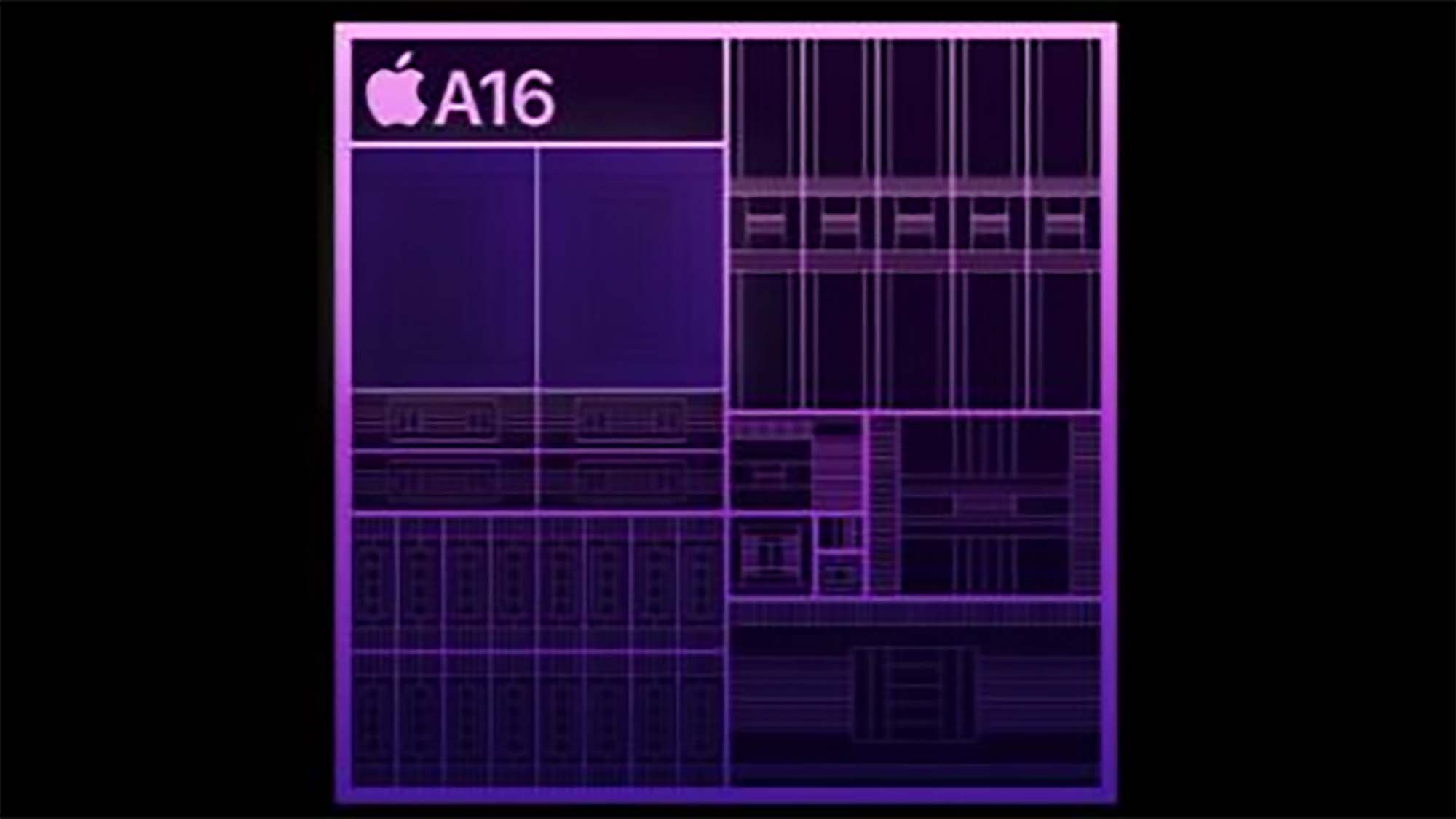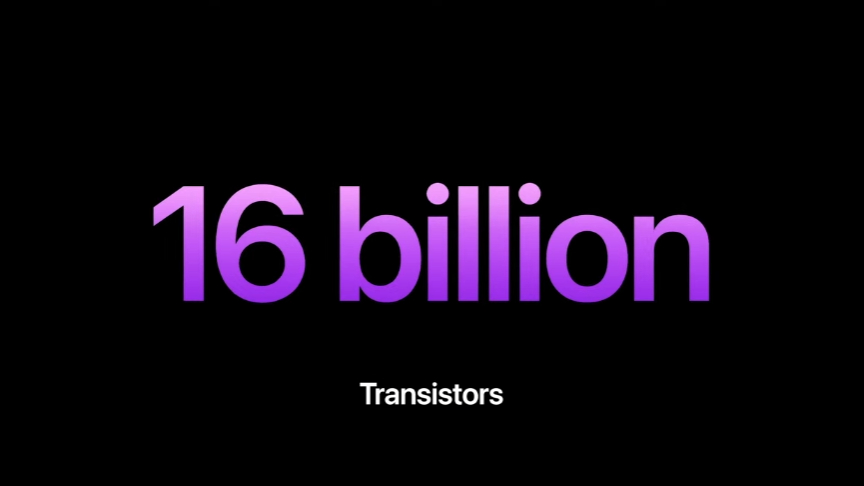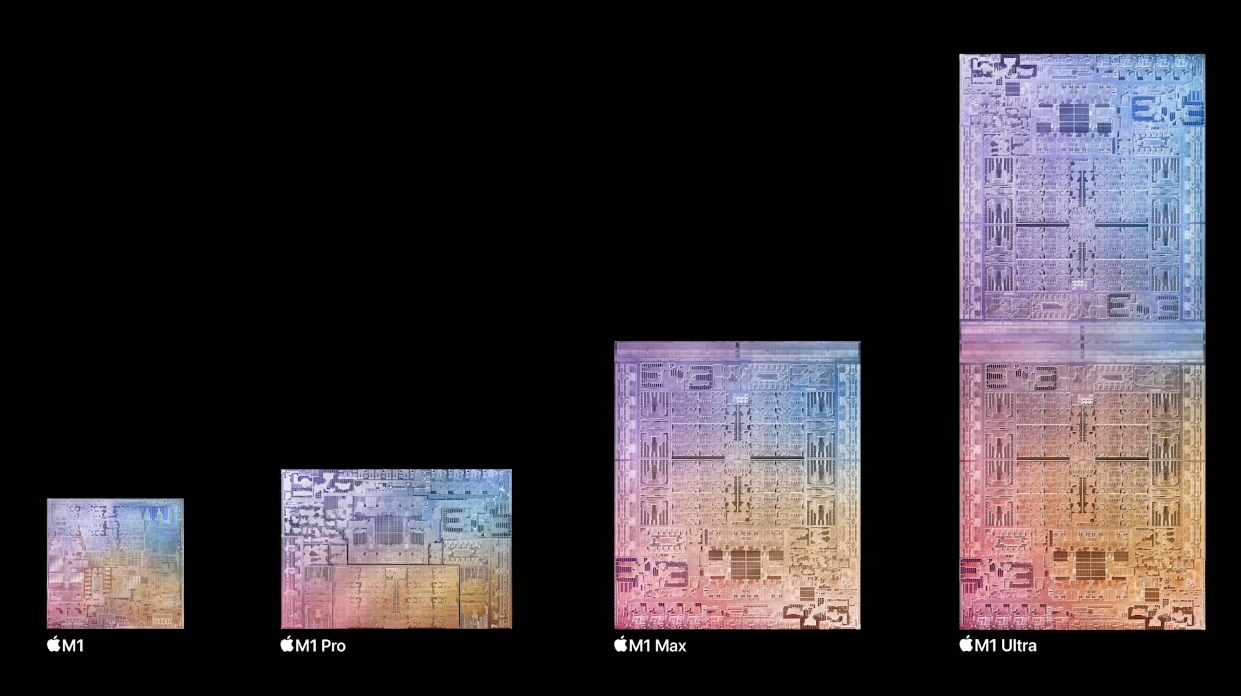The Apple A16 Bionic shows how far phones have come in closing the processor gap

So even though Apple's Far Out event on September 7 was a decidedly mobile affair, there was something for those of us who dig deep into the nuts and bolts of computers.
I've had the privilege of testing some of the best processors on the market, from Intel's finest to the best AMD processors available, and even a recent deep dive into Apple Silicon. Computer processors have taken on an aura of exceptionalism that make even the best phone processors seem almost quaint, but look under the housing and we're starting to see some convergence, something that the Apple A16 Bionic shows more than ever.
To be clear, the new A16 Bionic is not a desktop chip or even one that can rival those in the best laptops, but given it's specs, there are a number of things that point to it being more like these latter two than you might initially think.
16 billion transistors is a lot for a processor, any processor

The core component of a processor is the transistor, the nanoscopic electronic switch that turns electrical pulses into zeros and ones that can prepresent data and logical operations. This is the neuron of any microprocessor, and so the more neurons you have, the more powerful the processor.
Being able to squeeze 16 billion-with-a-B transistors onto a mobile chip is nothing short of extrordinary, especially when you compare it to the Apple M2 chip, which packs in 20 billion. That puts the A16 Bionic at about 80% of the transistor density of the Apple M2, but even more important is the size of those transistors.
The A16 Bionic is built using TSMC's 4nm node, as opposed to the 5nm node used to fabricate the Apple M2. That means that even though the A16 Bionic die is smaller than the M2's, it still comes reasonably close to density parity in absolute terms.
This also enables a 5-core GPU and a 16-core neural engine to sit on the SoC along with the central processor, and while the A16 Bionic's GPU is half the size of the M2's it should still prove highly capable of some impressive graphics, especially for a mobile phone processor.
Sign up for breaking news, reviews, opinion, top tech deals, and more.
The neural engine, meanwhile, is the same size as the M2's, and this is where a lot of the improved power of the phone may show itself, especially when it comes to editing photos and videos on the fly.
Moore's law is still a thing

The other thing to consider when it comes to the Apple A16 Bionic and the Apple M2 chips is that there is still a physical limit to how many transistors you will ultimately be able to fit on either.
That hard cap is set by physics, really, since transistors are already working on truly atomic scales as it is. And while desktop processors especially will have more room to physically grow in size – much more so than laptop processors and definitely more than those in phones and tablets – we're really at the point where the physical constraints of die size are what determine a processor's potential power, rather than some remarkably smaller transistor on a desktop product.
Given these kinds of constraints, what the A16 Bionic is likely to achieve in terms of performance is fantastic, but it is still running into the limits of transistor density much harder than desktop chips are likely to do for a while yet.
This means that next-gen phone processors are still going to lag behind desktop and laptop processors, and that this gap is only likely to widen going forward because they have to be physically smaller to fit in a phone or tablet.
This is where the issue of transistor density is going to really come into play, since as we've seen with the M1 Pro, M1 Max, and especially the M1 Ultra, utilizing the physical space you have to acheive gains in performance is a major asset for these desktop and laptop chips.
So while the A16 Bionic looks to be plenty powerful, there is literally only so much space it has to grow, unlike Apple's M-series chips, so any gains in performance the A16 Bionic can squeeze out is really limited to the effectively smaller transistor size of the 4nm node compared to the 5nm node used in the A15 Bionic and especially something like the Apple M1 chip. The latter was able to physically grow into the larger M1 Pro and M1 Max chips, where transistor density has a much more greater impact effect on performance.
Phone processors will hit a wall long before MacBook chips will
While it's obvious that the A16 Bionic could easily run a computer from just a few years ago, including some of the best MacBook and Macs that were running some of the best Intel processors of the era, the performance gains on Apple's MacBook and iMac lineups will accelerate ahead of its mobile chips in terms of performance gains gen-on-gen.
As powerful as the A16 Bionic might be, it would struggle to run a MacBook Air, though it might be able to do so, in theory, with some constraints thrown on it. The Apple M1 chip, after all, had 16 billion transistors as well, though it did have a larger 7-core or 8-core GPU.
And while it might have been able to power the kind of hardware in an older MacBook Pro running an older Intel chip, in no universe could a modern MacBook Pro, even the 13-inch, run on an A16 Bionic without seriously curtailing your expectations.
Gen-on-gen, the A15 Bionic had 15 billion transistors, while Apple's latest iPhone chip has 16 billion, or an increase of about 6.7%. The Apple M2, meanwhile, saw a 25% increase in processor density over the Apple M1. Apple isn't likely to exactly repeat this feat with the M3 (though 25 billion transistors isn't entirely out of the question), but it will almost certainly outpace the 6% to 7% increase we're likely to see on the A17 Bionic.
By the time the M3 is released in the next few years, no iPhone chip will come close to competing with its raw performance, and it's likely that this gap will only widen as time goes on. That's not to say that the A16 Bionic isn't impressive, but what we're expecting from even the best cheap processors with integrated graphics in the next few years is likely to be even moreso.

John (He/Him) is the Components Editor here at TechRadar and he is also a programmer, gamer, activist, and Brooklyn College alum currently living in Brooklyn, NY.
Named by the CTA as a CES 2020 Media Trailblazer for his science and technology reporting, John specializes in all areas of computer science, including industry news, hardware reviews, PC gaming, as well as general science writing and the social impact of the tech industry.
You can find him online on Bluesky @johnloeffler.bsky.social